Whole Home Wi-Fi (also known as mesh networking) is the big trend in in-home Internet connectivity, having made an impact last year. Spreading out the connection you’re paying for can get a boost from a whole home Wi-Fi system that acts less as an extension and more like a true net. The benefits include: eliminating “dead zones” around the home, and enabling flexible, simple parental controls and device management.
On its own, mesh networking isn’t a radically new technology, but rather a step up from what has been done before. Previously, Wi-Fi extenders and bridges were the key options to extending the signal from the router to parts of the home that were either slow or flat out dead zones. Powerline adapters were another alternative to enable a wired connection in different rooms. One adapter would be plugged in near the router, while the other to the device in a different room. With Ethernet cables plugged in on both sides, they would route the Internet through the home’s power grid.
How Whole Home Wi-Fi spreads its net
Whole home Wi-Fi uses multiple devices where one connects to your internet source, then communicates with satellite units, or nodes. They create full circle that goes every which way to establish a wide net throughout your home.
Wi-Fi extenders are different in a few ways. First, they extend the router’s signal, but are generally under-powered compared to the router, so signal usually fades as you get further from the router. Second, the extension is one-way, meaning it goes to the extender and funnels out, but doesn’t loop back to the router in any way. Third, while more recent extenders now make the “hand-off” easier, they largely require a different login and password to gain and maintain access; they act more like multiple networks than a single home internet.
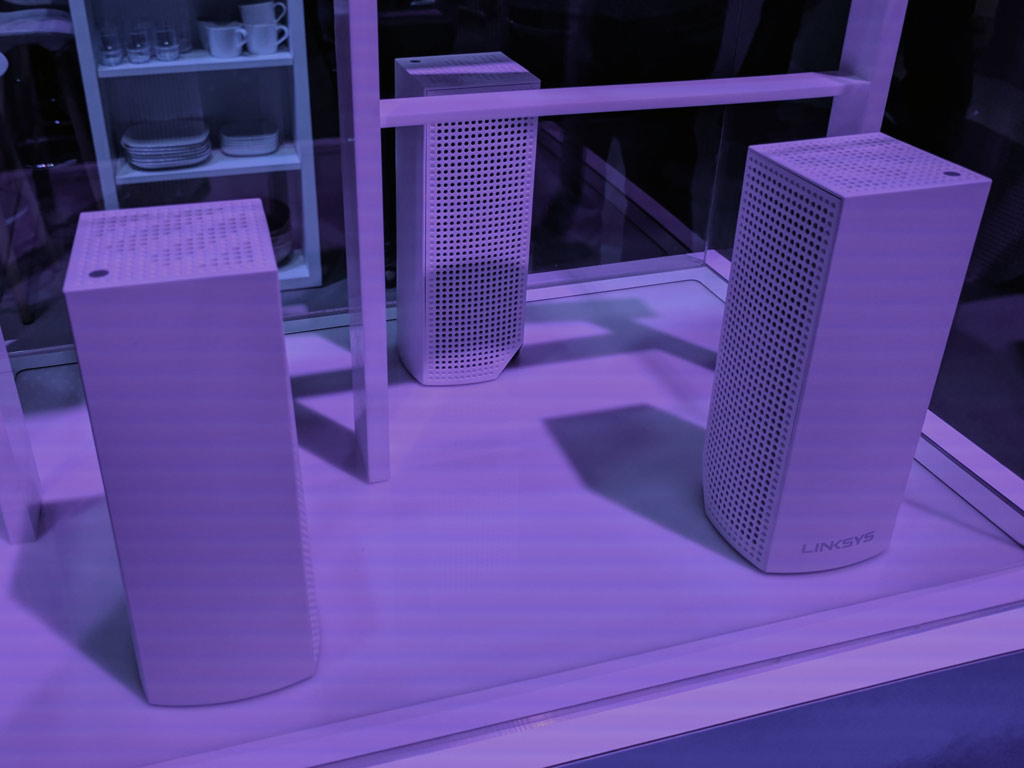
A whole home Wi-Fi system, conversely, is basically two or three fully functioning routers spread out in your home. For example, you might put one on the main floor, one on the upstairs floor, and another in the basement. Moreover, each device communicates with the others in your home, casting a net that’s all part of one home network.
They’re ideal for houses, including large and even modest homes with thicker walls and other obstacles impacting range and speed. Thicker walls, multiple floors, staircases, other wireless devices or appliances, can all reduce the effectiveness of a single router. Look for a mesh Wi-Fi system to solve your connection issues if a good solo router can’t cover your whole home.
Perhaps your home has weak spots in your internet signal causing buffering while streaming, or simply making downloads very slow. For example, let’s say you’re paying for 100Mbps download speed from your Internet Service Provider (ISP). You find you’re getting something like 15-20Mbps in a room far from the router. There’s an instant benefit in switching to a whole home Wi-Fi system in such a scenario. By increasing the range to better cover that room, a mesh system could ramp up the speed there considerably. It would seem like your ISP boosted the performance of the whole network.
‘Meshing’ technology together
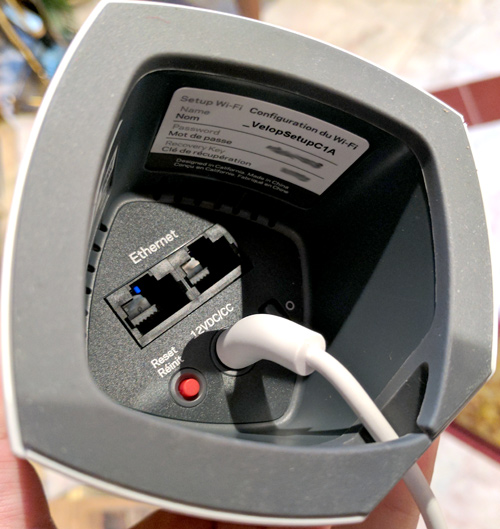 The nodes that make up a mesh network also offer some flexibility in connections. Since they are the same, you could use at least one LAN port on each node for wired connections. If a node was close enough to, say, a game console or streaming set top box, you could connect that device directly to it for enhanced performance. Hence, you have a stronger wireless signal AND wired input in different points of your home.
The nodes that make up a mesh network also offer some flexibility in connections. Since they are the same, you could use at least one LAN port on each node for wired connections. If a node was close enough to, say, a game console or streaming set top box, you could connect that device directly to it for enhanced performance. Hence, you have a stronger wireless signal AND wired input in different points of your home.
Maintaining all this is done behind the scenes, so you never have to concern yourself about exactly which node you’re connecting to when sitting in between two of them. You also don’t have to turn on signal amplification manually—it’s already inherent in the system itself. Each of the nodes is like a router, blasting out the signal equally.
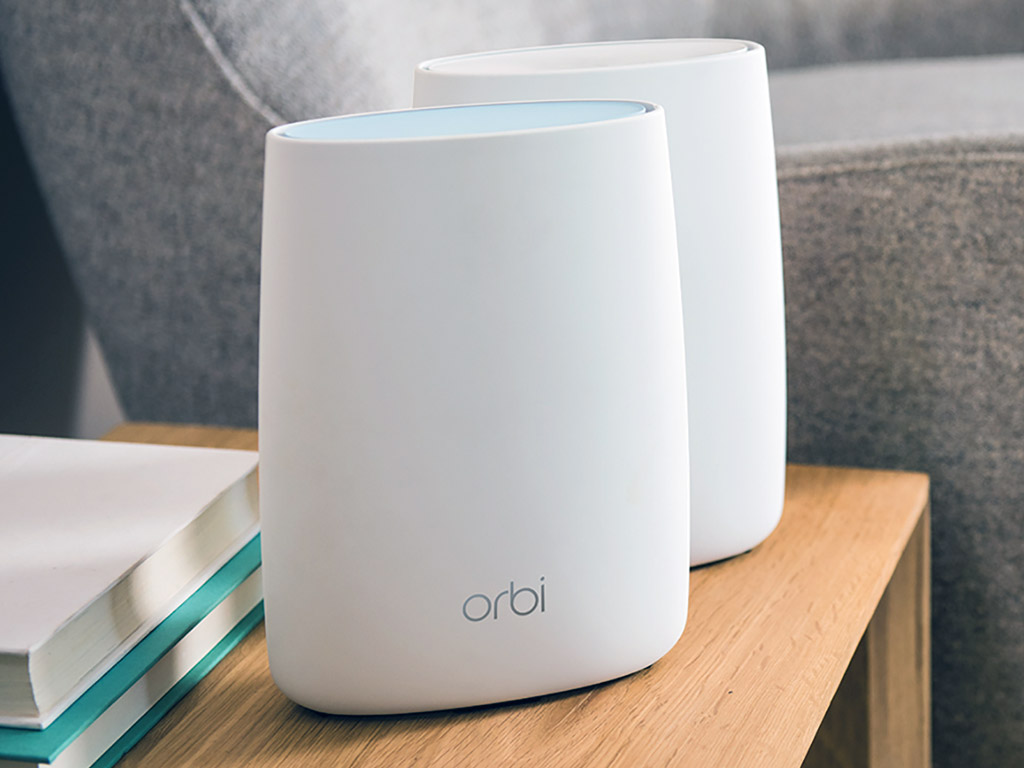
Part of the reason for that is power and efficiency. Some of the technology first introduced in solo routers applies here. MU-MIMO (multi-user, multi-input, multi-output) funnels bandwidth to devices needing it at the same time, instead of one at a time. If that surprises you, it’s true, though you weren’t likely to notice unless you came across lag or buffering. The one catch is that the connected device has to support MU-MIMO too, of which many a growing number are.
App based parental controls
Then there’s the app-based setup and management. The Orbi uses the Circle app and Circle’s Smart Parental Controls to set up and manage parental features. Other mesh systems may utilize their own apps and browser-based dashboards to accomplish the same task. Since much of the ‘talking’ between the router and the nodes happens in the background, the setup is designed to be easy for any tech skill level. You won’t feel lost going through these step-by-step guides.
And the apps put a lot of control at your fingertips. Most allow you to choose which devices have access to the network, and even create schedules for each device. Parents will love that they can set their child’s tablet or smartphone to only connect to the internet during specific times of the day. In addition, parents can restrict specific devices to only certain websites, ensuring their children are only accessing parent-approved areas of the internet.
Check in on the network even when you’re not at home, simply by logging in to your account through the app or browser and accessing features like you would as an administrator at home.
A whole home Wi-Fi system may seem like overkill for a condo or smaller sub-1,000 sq. ft. space. But the added control it delivers over the home network make it useful for anyone.
Check out the latest mesh Wi-Fi systems available. Here are some of the top products to choose from:
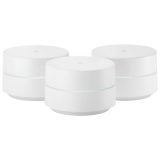 Google Wifi Google Wifi |
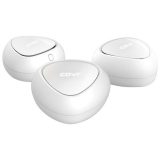 D-Link Covr D-Link Covr |
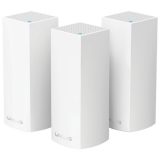 Linksys Velop Linksys Velop |
 NETGEAR Orbi NETGEAR Orbi |

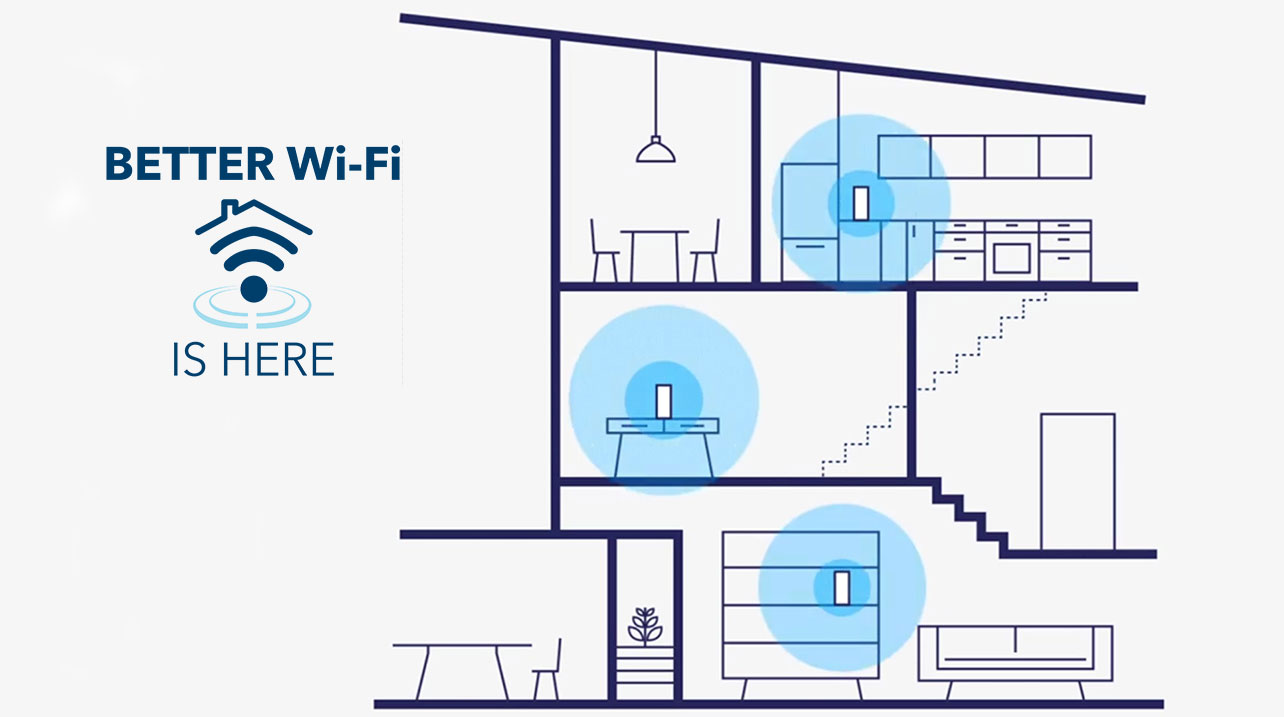



More info for small spaces/small houses and “Power” as I live in a WW2 house that does not have 110
sounds great
I would love to know if it would would work well so I could push to install it in my clients houses.
I would like more info.
I wood love to Windows a home
this sounds wonderful
Comments are closed.